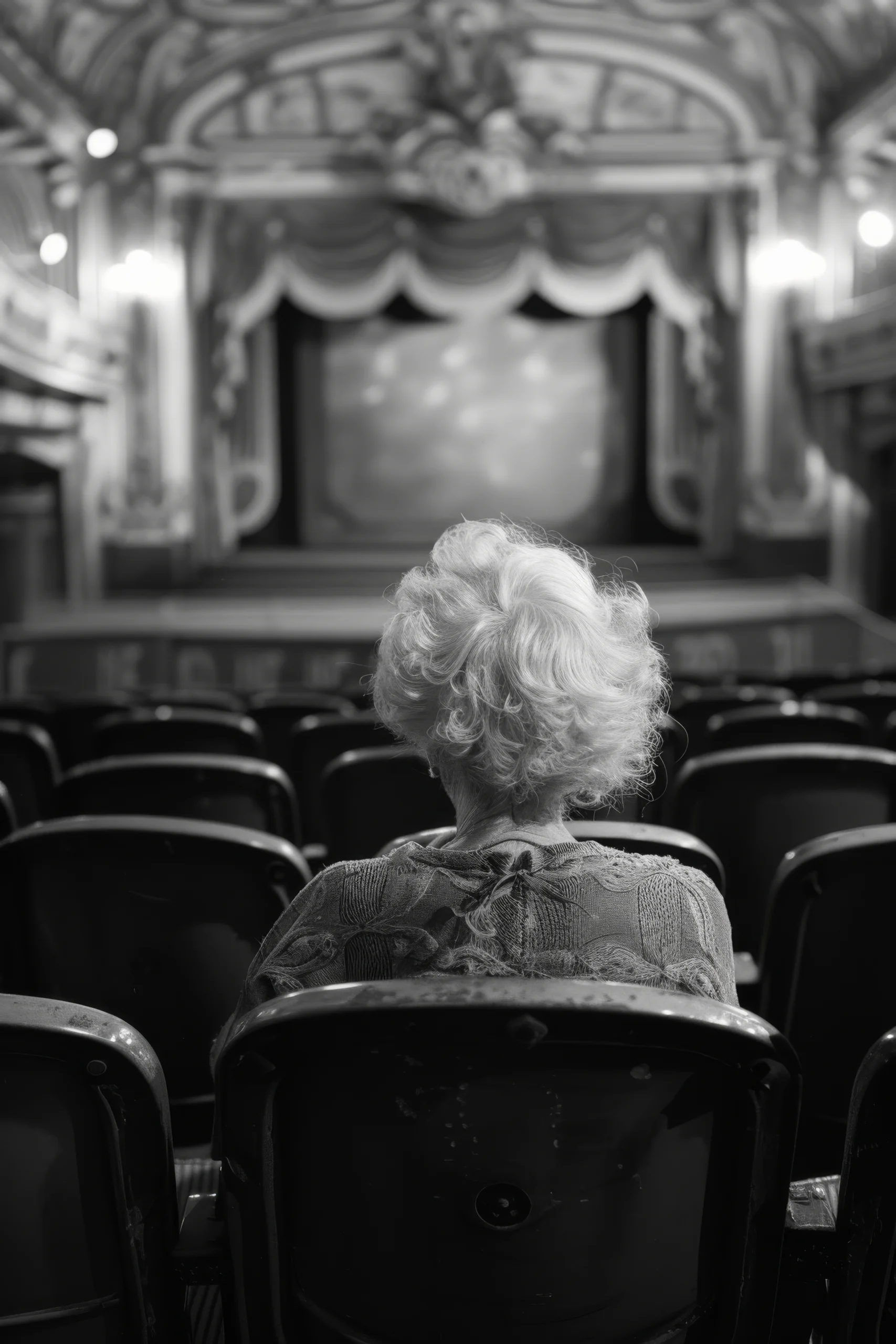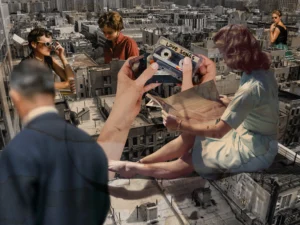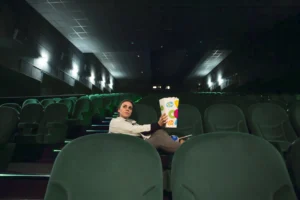How the Hollywood Studio System Works. Hollywood isn’t just where movies are made — it’s where deals are struck, talent is managed, and billion-dollar franchises are born. For cinephiles seeking to understand how this machine operates, there’s one concept at the heart of it all: the studio system.
From its golden age to its modern evolution, this centralized structure has shaped how movies are created, distributed, and controlled.
🏢 What Is the Studio System?
At its core, the studio system refers to the industrial method of filmmaking where major film studios control every aspect of movie production — from development to distribution. During the classical Hollywood era (1920s to 1960s), this meant that studios:
- Owned their own sound stages and backlots
- Signed actors, directors, and writers to long-term contracts
- Controlled theatrical releases through vertical integration, owning both the production companies and the cinemas
🎞️ Want to see a timeline of how this developed? Check out this resource from the American Film Institute.
The Big Five and the Little Three
The system revolved around eight powerful studios, famously divided into:
- The Big Five: MGM, Paramount, Warner Bros., 20th Century Fox, RKO
- The Little Three: Universal, Columbia, United Artists
These giants didn’t just produce movies — they defined cinematic taste. Studios churned out hundreds of films annually, creating a well-oiled system that could develop stars like Humphrey Bogart, Katharine Hepburn, or Cary Grant into household names.
🤝 Star Contracts and Studio Control
Actors under contract had limited control over the roles they played. Studios dictated:
- Which films they starred in
- Their public image
- Even their personal lives, including relationships and scandals
Studio heads like Louis B. Mayer (MGM) and Jack Warner (Warner Bros.) became some of the most powerful figures in Hollywood history — shaping not only careers, but American culture itself.
🏗️ How Films Were Made Under the System
Assembly-Line Filmmaking
Under the classical studio system, filmmaking resembled a factory process. Studios had departments for:
- Scriptwriting
- Set construction
- Costume design
- Editing
- Sound and music
Writers were often part of in-house teams producing screenplays on demand. Directors weren’t always seen as artists — they were employees executing a studio’s vision, often assigned to films regardless of personal preference.
This tight control resulted in remarkable consistency and volume. For instance, MGM famously released one new film per week during its peak in the 1930s.
🔗 For deeper insight into this model, explore the Library of Congress archives on Hollywood’s golden age.
🛑 The Collapse of Vertical Integration
The Paramount Decree and Its Impact
A critical moment came in 1948, when the U.S. Supreme Court ruled against the major studios in the landmark United States v. Paramount Pictures, Inc. case. Known as the Paramount Decree, this ruling outlawed vertical integration, forcing studios to divest from owning movie theaters.
This broke the pipeline that allowed studios to guarantee distribution for their films. As a result:
- The monopoly over theaters was dismantled
- Independent productions gained more access to screens
- Stars and directors began moving toward freelance work
🎥 Curious how this changed film content? Post-decree films became more risqué, experimental, and reflective of real-life issues — a departure from the strict moral codes enforced during the height of the studio system.
📉 Decline of the Classical Studio Era
By the 1960s, the traditional studio model had eroded. Television had emerged as a rival for audiences’ attention, and younger audiences demanded fresh, more personal storytelling. The rise of independent filmmakers and the New Hollywood movement began to redefine the industry from the inside out.
🧩 The Studio System Reimagined: Hollywood Today
From Oligopoly to Conglomerates
While the golden-age studio system collapsed, the core idea of centralized power didn’t vanish — it evolved. Today, we still talk about “the studios,” but their roles have changed. Now, Hollywood’s biggest players are part of media conglomerates:
- Warner Bros. Discovery
- Disney (which owns Pixar, Marvel, Lucasfilm, and 20th Century Studios)
- Universal (under Comcast)
- Paramount Global
- Sony Pictures
These companies don’t just make films. They operate theme parks, streaming platforms, music labels, and television networks, forming vast entertainment ecosystems. This modern consolidation echoes the studio system’s original design — only now, the reach is global and digital.
📊 Want more on this structure? The Hollywood Reporter regularly breaks down studio mergers, streaming shifts, and corporate strategies.
📺 The Streaming Era: A New Studio Frontier?
Are Netflix and Amazon the New Studios?
In the 2020s, streaming giants like Netflix, Amazon Studios, and Apple TV+ have introduced a new kind of studio system — one that mirrors some aspects of the old model:
- In-house production teams
- Exclusive content pipelines
- Long-term deals with talent (e.g., Shonda Rhimes with Netflix or Jordan Peele with Amazon)
- Algorithm-driven greenlighting processes
Yet they also disrupt traditional structures. These platforms bypass cinemas altogether, dominate global distribution, and gather real-time viewer data — something the old studios never had.
🏆 Major Studios Still Dominate Theatrical Releases
Despite disruption, legacy studios still lead theatrical box office revenue, especially through tentpole franchises:
- Marvel Studios (Disney)
- Fast & Furious (Universal)
- Mission: Impossible (Paramount)
These projects function like old studio “units,” employing consistent teams over multiple entries, and relying heavily on global marketing machines.
🎭 Legacy and Cultural Impact of the Studio System
Star-Making Machines and Cinematic Icons
The studio system wasn’t just about industrial output — it defined modern celebrity. Studios created and controlled star personas through rigid image contracts. Actors like Humphrey Bogart, Audrey Hepburn, and James Stewart weren’t just talents — they were carefully curated brands.
Studios invested in:
- Publicity departments controlling interviews and appearances
- Fashion stylists and public behavior coaches
- Studio-linked gossip columnists (like Hedda Hopper)
This tightly managed ecosystem birthed the Hollywood mythos — glamour, drama, scandal, and style, all radiating from a few square miles in Los Angeles.
🔗 For original documents and photographs from this era, explore the Academy’s Margaret Herrick Library.
⚖️ Criticism and Ethical Debate
Creative Control, Censorship, and Inequality
While the system produced cinematic landmarks, it also drew major criticism:
- Censorship under the Hays Code (enforced from 1934 to 1968) limited artistic freedom
- Creative voices were often suppressed — directors followed studio orders
- Racial and gender disparities were entrenched — most leading roles, directors, and executives were white men
Even today, remnants of that inequality persist. Major studios continue to face scrutiny for lacking diversity behind the camera and in executive leadership roles.
📚 The USC Annenberg Inclusion Initiative offers in-depth reports on diversity and representation in film.
🎬 Looking Ahead: What Might the Next System Be?
The original studio system is gone, but its spirit persists in different forms — in algorithm-driven content, franchise ecosystems, and vertically integrated conglomerates. The big difference now? More disruption, more voices, and more complexity.
Independent filmmakers, international co-productions, and tech-based platforms all challenge the traditional model. Yet as long as storytelling thrives in visual form, Hollywood — in some shape — will remain a global beacon for cinema.



